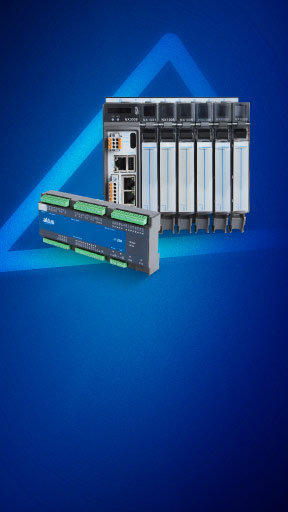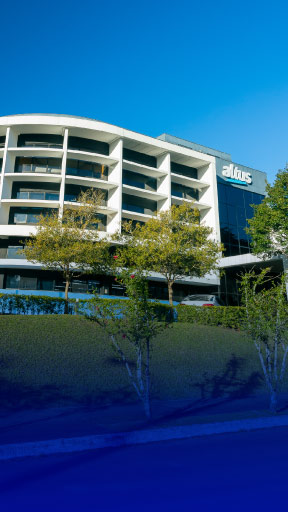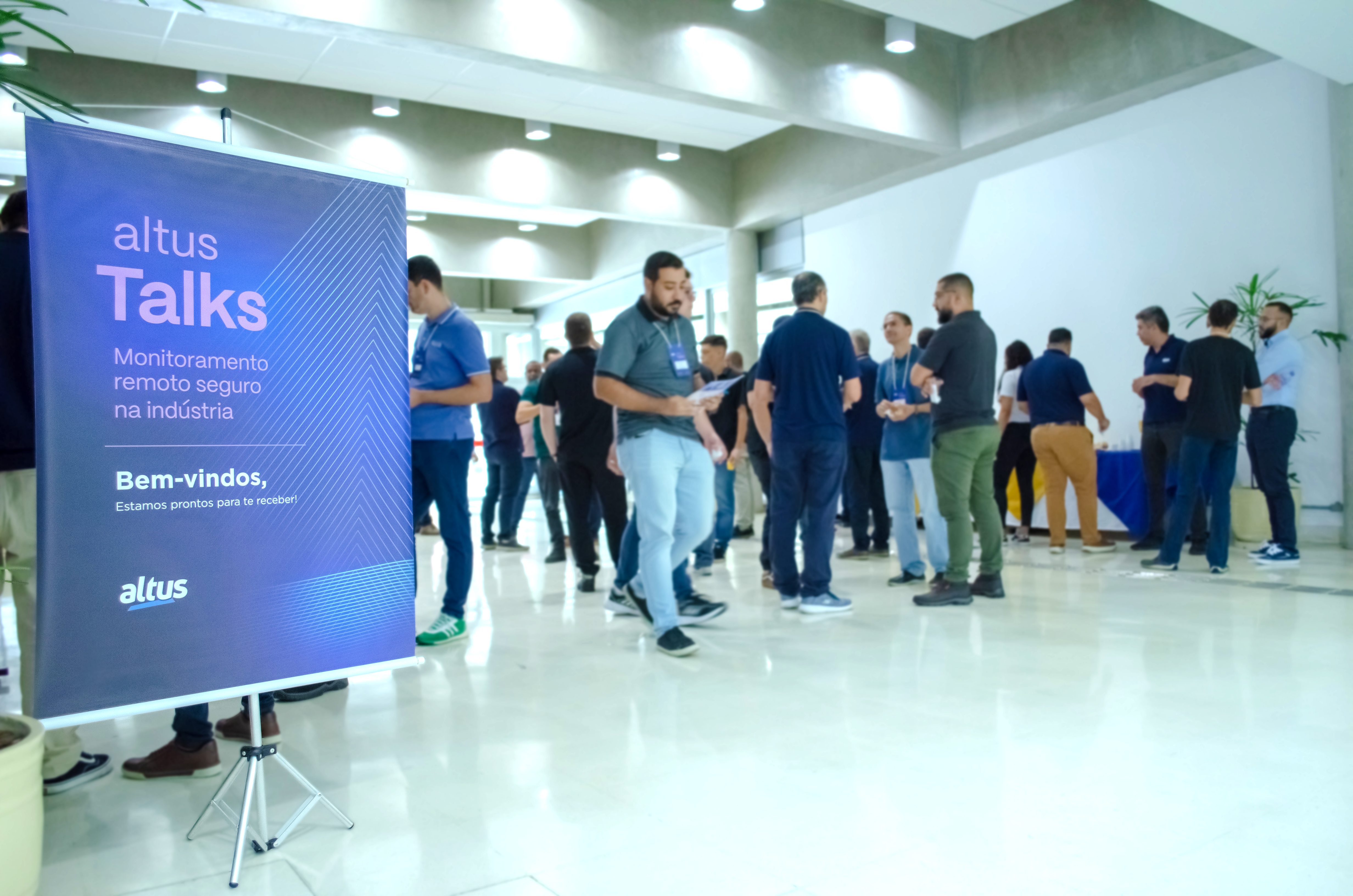Responsible for 15% of all cargo transported in the United States in 2021, the waterway mode is an important logistics resource in the country and has constantly invested in technological modernization. Recently, All American Marine, a major naval shipyard responsible for building catamarans and ships in Washington region, found in Altus the necessary technology to modernize the automation system of its fleet of boats and develop the first hydrogen-powered catamaran in North America and the first in the worldto operate on a commercial basis.
Developed by Bluefin Marine, a systems integrator in North America linked to our partners at Beijer Electronics, the project provided for the updating of multiple processes in different parts of the boats. The main objective of the modernized system is to automate the starting and stopping procedures for pumps and exhaust fans on board the vessel. However, the application is also responsible for monitoring different operating variables through digital and analog points installed throughout the boat, collecting data on the vehicle's condition.
See more details after the video.
Robustness and high performance with Nexto Xpress PLCs
 To ensure that these activities are carried out as expected, it is essential to observe some indicators, including internal temperature, bilge and tank levels , hydrogen cell cooling, backup, shutdown, system status and monitoring. With high speed and a high level of reliability, the Nexto Xpress programmable controllers were the solution chosen to compose the control system and guarantee the operability of these processes.
To ensure that these activities are carried out as expected, it is essential to observe some indicators, including internal temperature, bilge and tank levels , hydrogen cell cooling, backup, shutdown, system status and monitoring. With high speed and a high level of reliability, the Nexto Xpress programmable controllers were the solution chosen to compose the control system and guarantee the operability of these processes.
To increase their robustness, Nexto Xpress products also undergo tropicalization, an isolation process that each printed circuit board goes through before assembling the product, essential for equipment installed on vessels.
Furthermore, all PLCs in the Xpress family comply with Det Norske Veritas safety standards, possessing DNV certification. The equipment in the series is certified in the Type Approval category, which makes it completely ready to be used in marine applications, such as control systems on yachts, cruise vessels, cargo ships and oil and gas platforms.
Click here and check Altus' registration on the DNV website.
High connectivity architecture
The applied architecture has five XP315, one of Altus' IoT-ready PLC, and a X2 Series 15” HMI. Four of the controllers are in isolated cabinets in Engine Control Centers, located adjacent to the fuel cell room and in each hull. They control the drivers responsible for activating the onboard pumps and exhaust fans through a CANopen network. Controllers also collect data from sensors and devices that monitor system variables.
The fifth PLC, like the HMI, is located on the bridge. Both the controllers in the CCM cabinets and the Xpress on the command bridge are connected to the X2 HMI via an Ethernet network and communicate with it using the OPC UA protocol.

Versatility and high communication capacity with Nexto Xpress
Its unique concept of compact design with high density of I/O pointsallowed the customer to include a controller in each MCC cabinet to control auxiliary loads, eliminating a large number of conductors from the machine room to the bridge, which resulted in a significant cost reduction for the project's automation budget.
Dave Bechtel, co-owner of Bluefin Marine, comments that the communication power of Nexto Xpress was one of the differentiators that led to the choice of the PLC as the control solution for the application. “The diversity of communication interfaces and protocols available in the product is very interesting, it makes it possible to communicate with different smart devices”, says Dave.
Another benefit of using Altus IoT ready PLCs are savings related to development costs. Because it has built-in analog interfaces, the solution requires low engineering investment for configuration, resulting in a high-performance application with improved economics.












